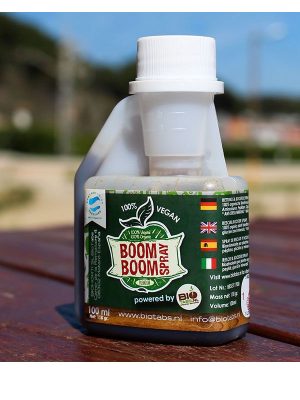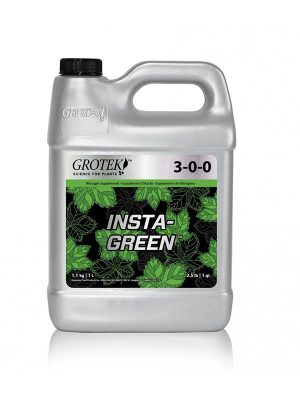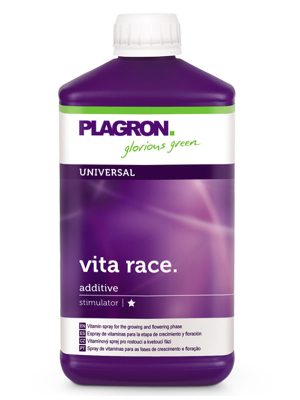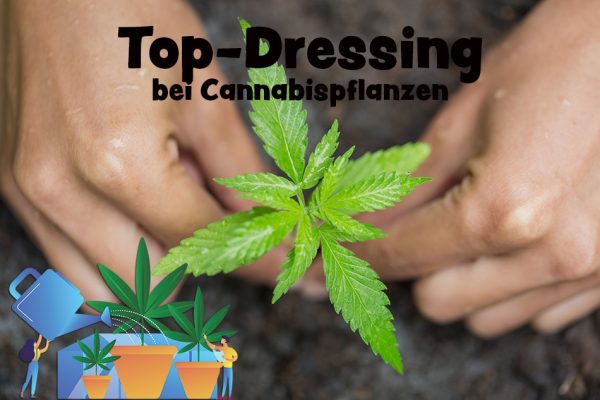Leaf fertilisation for cannabis plants

With the help of foliar fertilisation, you can supply plants directly with nutrients by spraying them on the leaves. The leaves of the cannabis plant can absorb nutrients very quickly and easily, which is why sick or undersupplied plants can be helped immediately.
The advantages of foliar fertilisation
Normally, cannabis plants absorb nutrients through their roots. With foliar fertilisation, the nutrients are absorbed through the stomata of the leaves. These are pores that are located on the surface of the leaves. The stomata are actually mainly responsible for the gas exchange of carbon dioxide and oxygen. However, when the stomata are open, they can also absorb nutrients.
Nutrients can be absorbed even faster through the stomata than through the roots. Individual plants with deficiency symptoms can thus be treated separately without the entire grow being affected. This is especially helpful in hydroponic cultivation, where normally all plants are (have to be) always supplied with the same amount of nutrients. Foliar fertilisation cannot replace fertilisation via the roots or by other methods. However, it is an excellent way to quickly combat deficiencies or diseases.
Foliar fertilisation may only be carried out during the growth phase or in the flowering phase during the first weeks. If flowering plants with advanced flowering are fertilised with it, there is a risk that residues remain on the flowers and that these are later consumed and cause an unpleasant taste.
Tips & tricks for foliar fertilisation
The uptake of nutrients via the leaves takes place by diffusion. This requires that the nutrients are in dissolved form, i.e. chelated.
The stomata on the leaves are not always open. The period during which nutrients can be absorbed via the leaves is therefore limited. Also, you should not apply foliar fertiliser during direct sunlight or when the plant lights are on indoors. After the lights go out indoors, it takes about 15 to 20 minutes for the stomata to close. This is a good time to apply nutrients to the leaves.
Outdoors, foliar fertilisation should be done in the late afternoon or just before sunset. In hot weather and at midday the stomata are closed. Spraying during strong sunlight can cause burns on the leaves and should therefore be avoided.
The correct dosage for foliar fertilisation
Some fertiliser manufacturers give instructions for foliar fertilisation, but not all. When the plants are still young, you should use 20% of the recommended fertiliser for liquid fertilisation. Later it can be a little more. However, you should approach the correct dosage slowly and observe the plant closely. If in doubt, use a weak fertiliser solution. Test the foliar fertilisation and the dosage on a single plant first and observe how it reacts before spraying your entire garden.
Already damaged leaves will not recover, but the whole plant will become stronger and greener. All leaves should be sprayed evenly, but it is not necessary to really soak the leaves to achieve an effect. Do not overdo it with foliar fertilisation and use it in moderation. Keep in mind that a permanently too high humidity in the growing room significantly increases the risk for the development and spread of harmful fungi.










